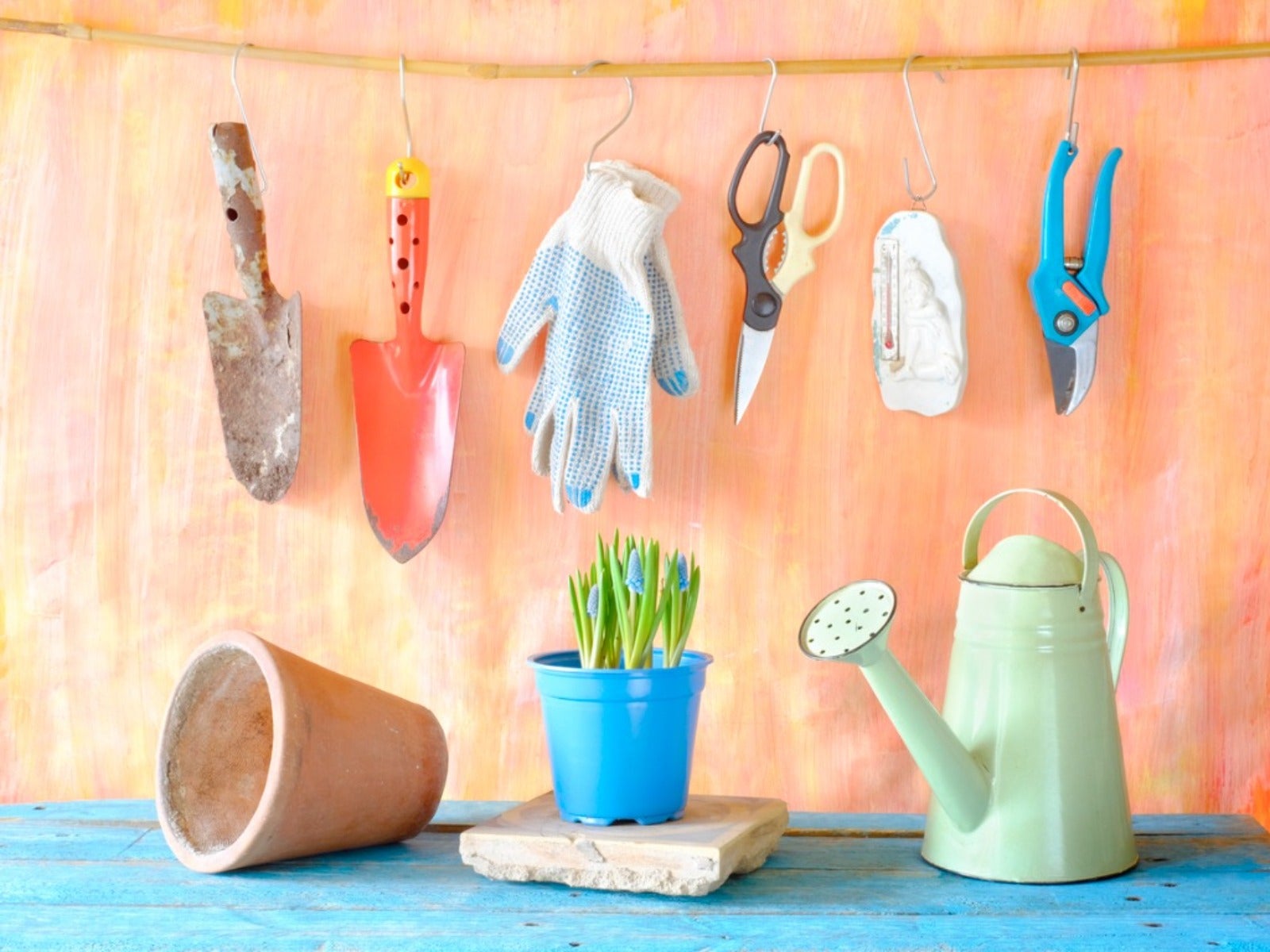Spring Gardening For Beginners


Gardening is both an art and a science. You will learn as you go, but make the job easier on yourself by doing some homework first. Read gardening books and blogs to learn more about the science aspect of gardening, the cold hard facts.
Do Your Homework
A great source for learning more about gardening where you live is your local extension service. Every state has one or more land-grant colleges or universities that offer education and informal training for farmers and home gardeners. Your county has a local office you can contact, but the service’s website is also a good resource.
Another resource is other gardeners. Talk to neighbors whose gardens you admire. Chances are, they’ll be happy to talk to you about gardening and provide tips.
Start Small
Creating a garden out of nothing or overhauling an overgrown garden is a big job that can quickly become overwhelming and unmanageable. For the best results as a newcomer to gardening, start with modest goals.
Take one corner of your yard or garden and work on that first. When you’re happy with the results and have inevitably learned from some mistakes, move on to the next project.
Always Plan First
For the best results, start with a plan. This is so important to success because there are many factors to consider when growing plants: soil type and quality, available hours of sunlight, drainage, plant compatibility, layout of plants, and more.
Choose a location that gets at least six hours of sunlight and that has good soil that drains well. Avoid areas where water tends to stand after it rains or where the soil is full of roots that will be difficult to dig and work.
Sign up for the Gardening Know How newsletter today and receive a free copy of our e-book "How to Grow Delicious Tomatoes".
Select plants that grow well in the conditions you have, and with each other. Species native to your region are best. Sketch out a plan for the space. You can always make changes, but it’s best to at least have a rough idea of where each plant will go before doing the work.
When to Start Gardening for Spring
Gardening in spring requires good timing, which varies depending on location. Timing also varies a little bit by year based on the weather. Spring arrives earlier some years than others.
Look up your area’s average last frost date to get an idea of when you can start putting plants in the ground. It’s also important to know the hardiness of the plants you’re using. Hardier perennials and vegetables might tolerate a late frost, while tender annuals should go in later.
How to Prepare the Garden for Spring
When starting a spring garden, some prep work is essential. You can start preparing the space before the last frost date, but be sure the soil is workable. If it’s too wet, working the soil will compact it. Ensuring the space is ready for plants requires a few basic chores:
- Clean up the area by removing any existing plants you don’t want there, pulling weeds, and removing stones and other debris.
- Consider getting a soil test done so you can modify it if necessary. Contact your local extension office for testing instructions and options. Many offer free testing.
- Dig into and loosen the soil, turning it over down to a few inches using gardening tools.
- Mix in some compost if you have it. Some cities offer free compost to residents.
- If you will be starting any plants from seed, follow instructions for when and how to begin them indoors.
- When everything is ready and the weather allows, put your plants in the ground. Your work isn’t done, of course. Now you need to maintain the space by watering, fertilizing, pruning, and weeding as needed.
- Spring gardening for beginners is a challenge, but a manageable and rewarding one. With the right location, adequate planning, hard work, patience, and good timing you can create a beautiful spring garden that will thrive all the way through fall.

Mary Ellen Ellis has been gardening for over 20 years. With degrees in Chemistry and Biology, Mary Ellen's specialties are flowers, native plants, and herbs.